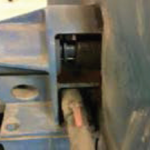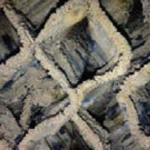HVAC
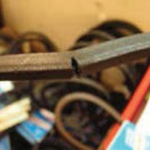 Air Handling Unit and Fan Coil Unit
Air Handling Unit and Fan Coil Unit
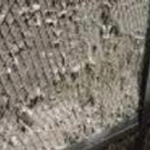 Air Distribution and Terminal Systems
Air Distribution and Terminal Systems
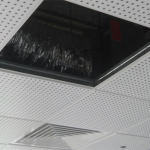 Accessibility Considerations in HVAC System
Accessibility Considerations in HVAC System
Modern HVAC systems are designed not only to meet cooling and relative humidity requirements, but to also provide equipment efficiency, envelope construction methods, and optimise system demands, in order to achieve high energy efficiency. Being a complex system, HVACs require regular maintenance to prevent mould growth in the supply air duct and ensure the precise functioning of sensors. These practices are mandatory requirements for maintaining a healthy and comfortable indoor environment in buildings. The HVAC system defects are categorised according to issues concerning (a) the chiller plant (e.g. compressor problem, insufficient/slow cooling, chilled water pipe and condenser pipe leakage and condensation); (b) cooling towers (e.g. biological fouling and Legionella outbreak); (c) air handling unit (e.g. air distribution system efficiency and noisy operation/excessive vibration); (d) air distribution and terminal systems (e.g. dirty and mouldy ductwork and filter media choked at the air terminal); and e) indoor environment. Accessibility issues concerning the HVAC system is also added as an important factor to consider when designing the HVAC system. As periodic system failure is expected in a HVAC system, the restoration of the system to its normal operable state in a given timetable is important. Disregarding preventive maintenance for components which require energy resources (e.g. chillers and fans) will reduce the HVAC’s service life, resulting in untimely HVAC component replacement, and spark a surge in operational costs [3]. The maintainability of HVAC systems could be considered during the design stage to ensure adequate access for the inspection, maintenance and repair of all components.
NOTE: All designs, construction, installation, testing and commissioning (T&C), operation and maintenance (O&M) of air conditioning and mechanical ventilation (ACMV) Systems must comply with the Code of Practice for ACMVs in Buildings, SS 553:2016. For the energy efficiency standard for building services and equipment, SS 530:2014 must be adopted.
